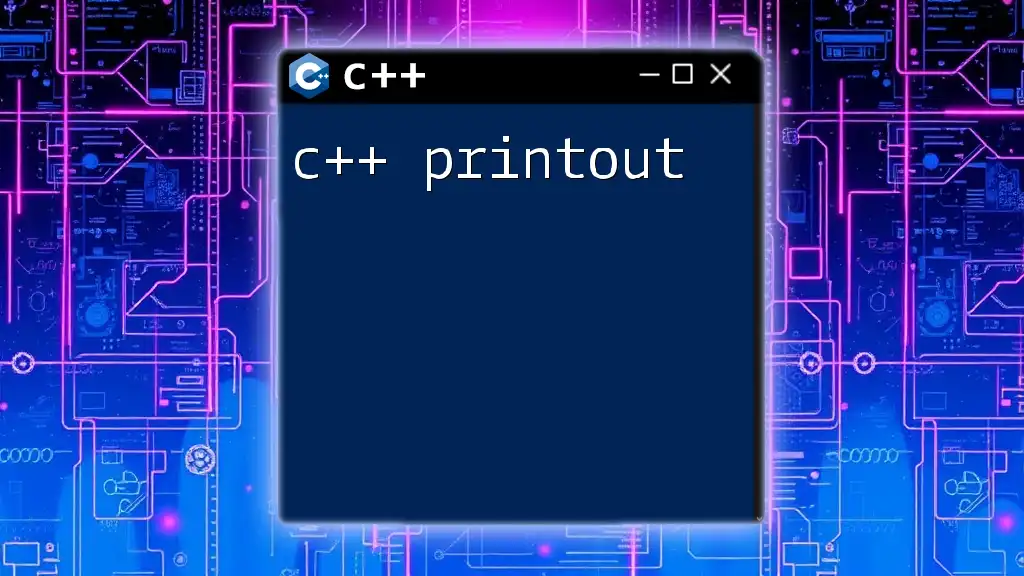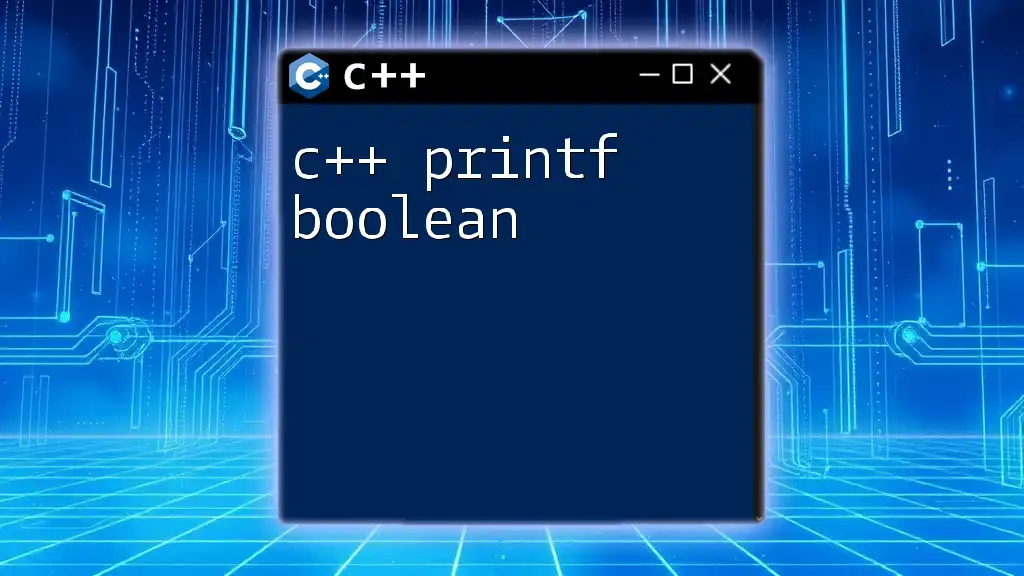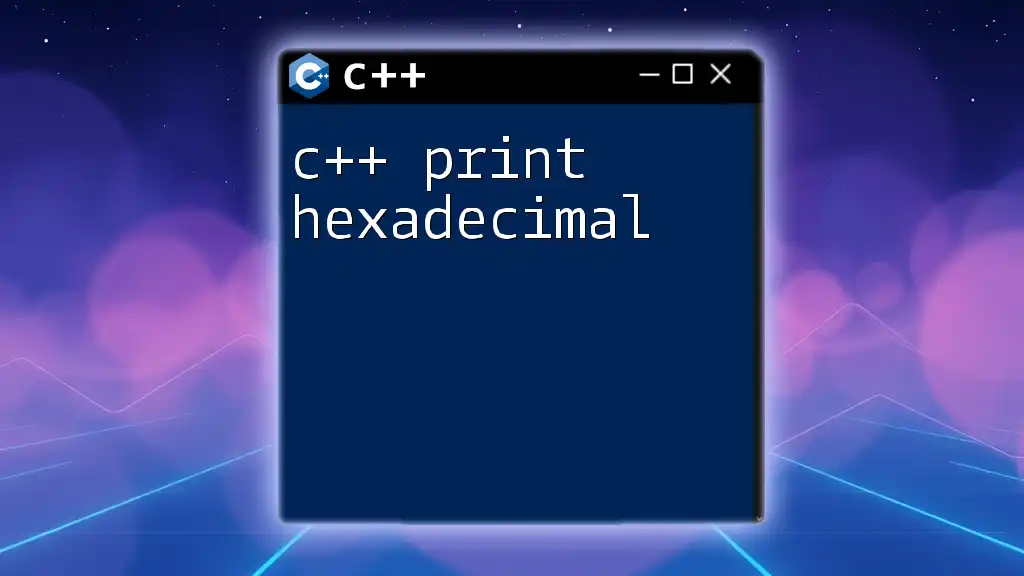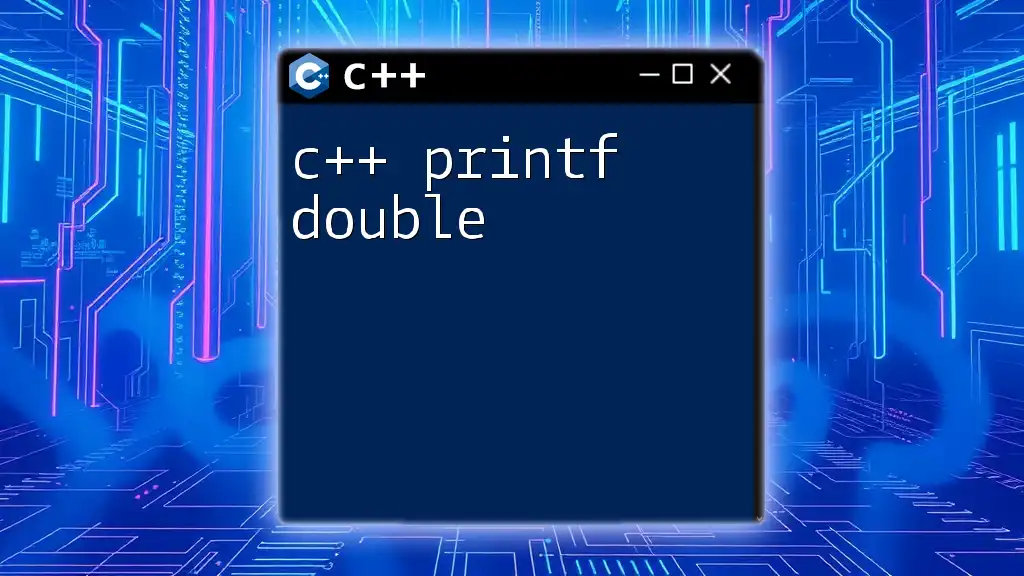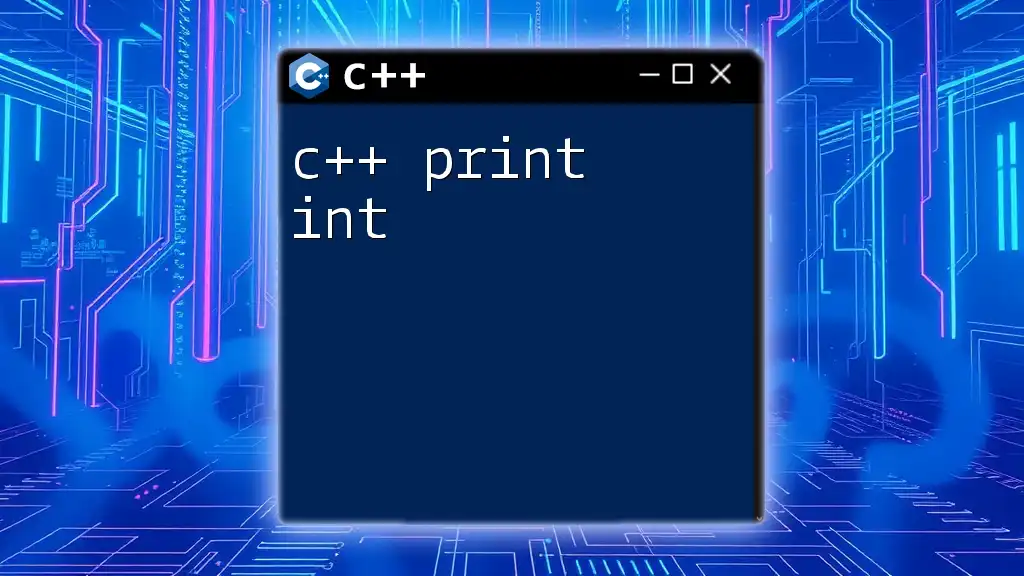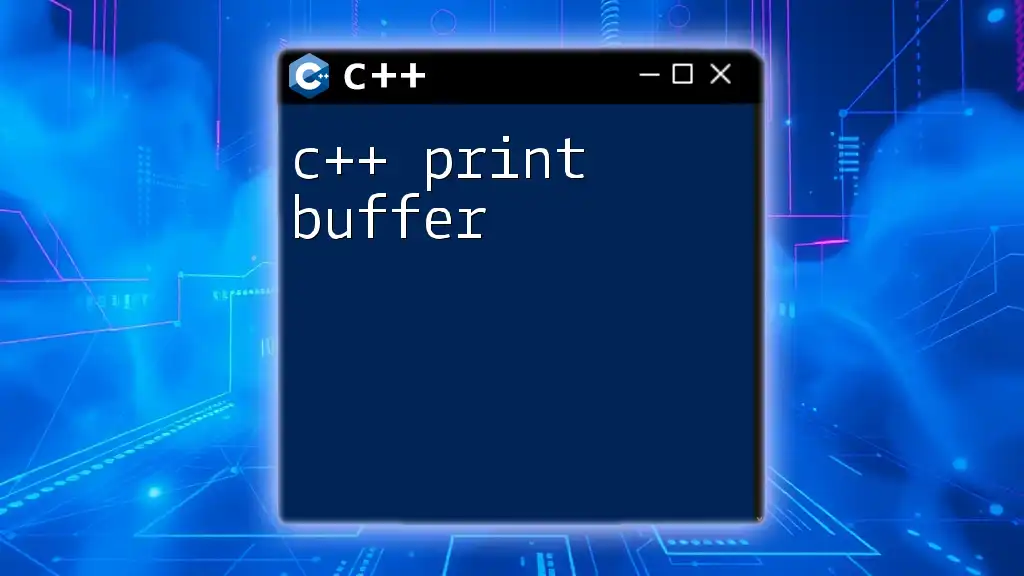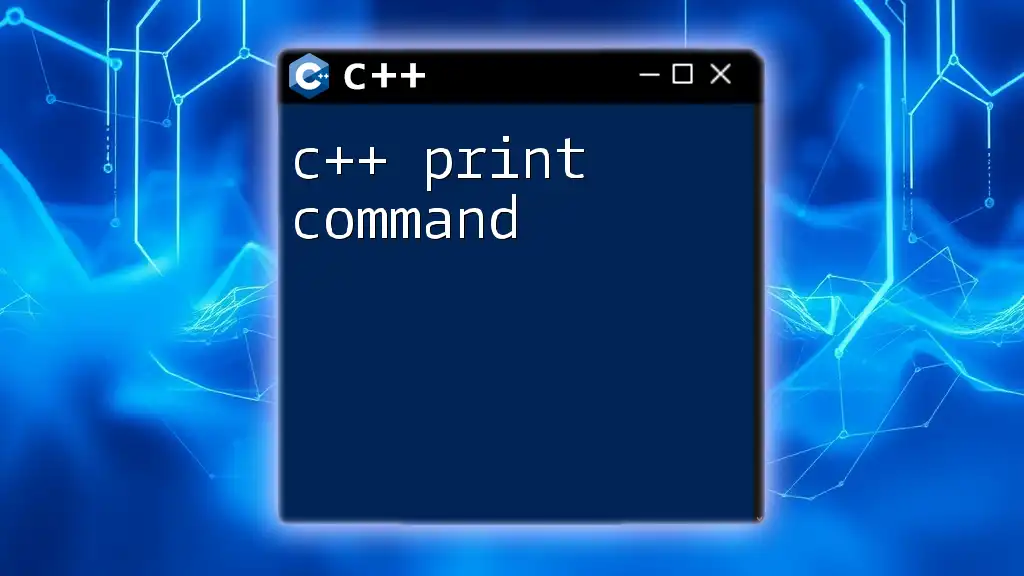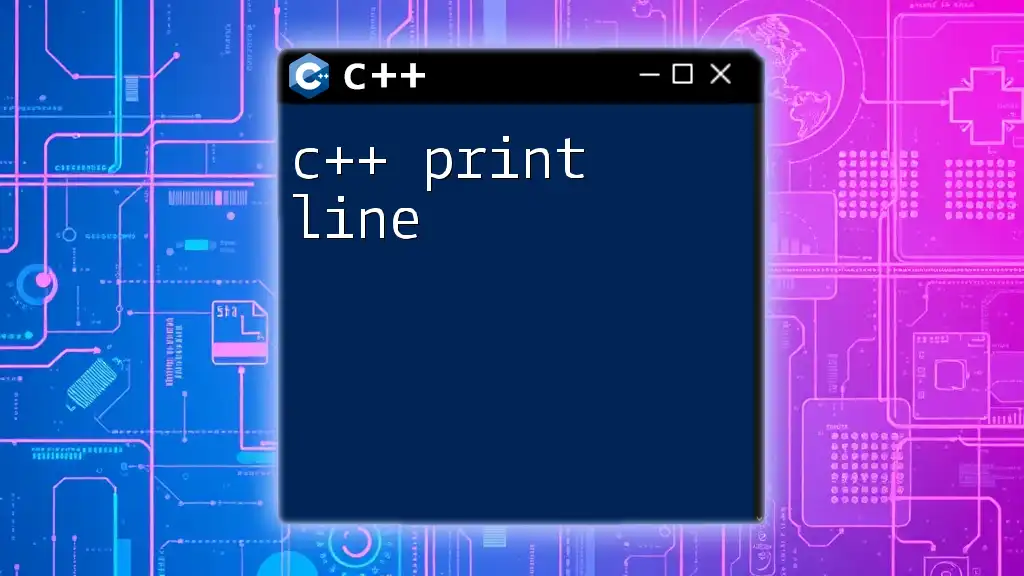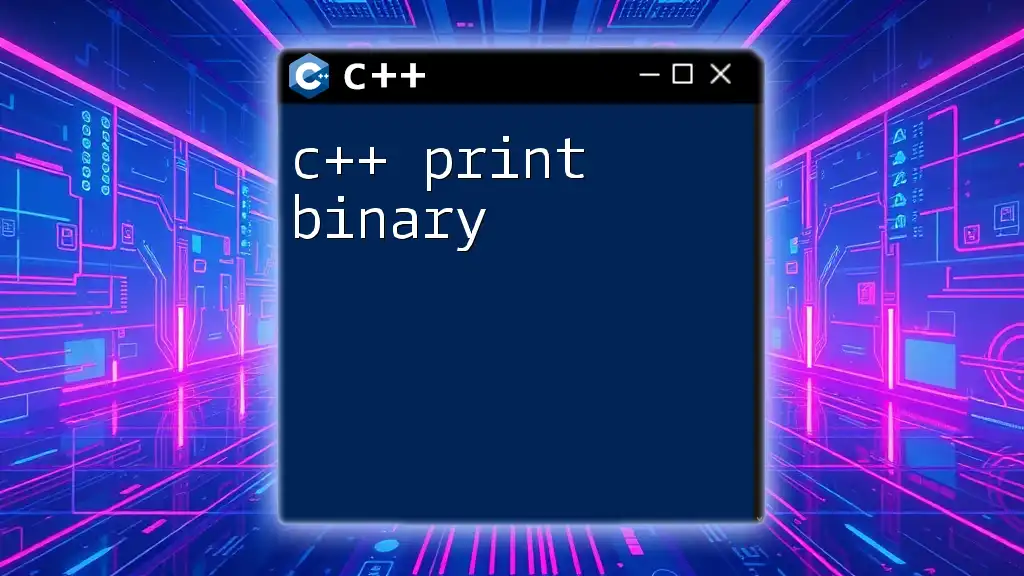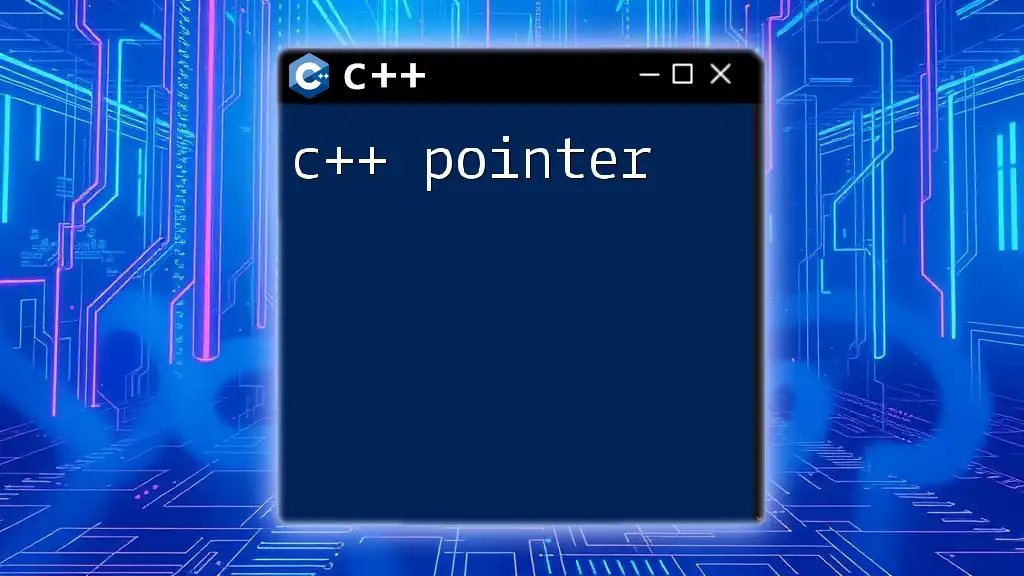In C++, you can output text to the console using the `cout` stream from the `<iostream>` library, like this:
#include <iostream>
int main() {
std::cout << "Hello, World!" << std::endl;
return 0;
}
C++ Printout: Understanding the Basics
What is Printout in C++?
In the realm of programming, printout refers to the process of displaying output to the console or terminal. In C++, this functionality is essential as it allows developers to communicate information, debug code, and provide feedback during execution. Printout is often utilized to visualize variable values, control flows, and to understand how an application is operating at any given time.
Why Printout is Essential in Development
The significance of printout in C++ development cannot be overstated. It enhances user experience by allowing developers to confirm that the application behaves as expected. During the coding process, logging information through print statements helps in diagnosing errors and verifying computations, especially during the debugging phase. Thus, printout acts as a bridge between the developer and the application, fostering clarity and understanding.
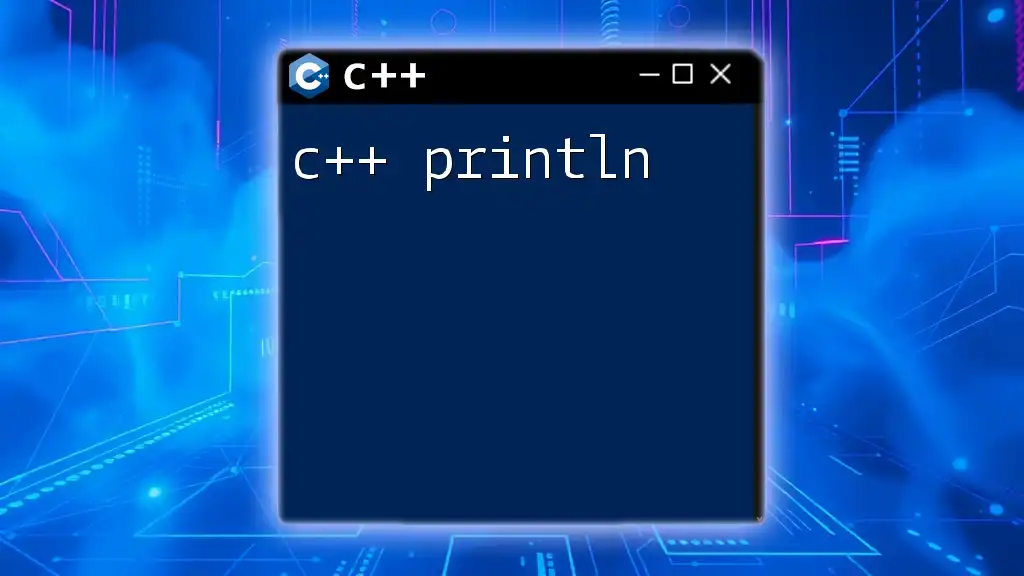
Getting Started with Printout in C++
The Standard Output Stream: `std::cout`
To begin using printout in C++, developers need to utilize the `std::cout` object, which serves as the standard output stream in C++. To access it, the following header file must be included at the top of your program:
#include <iostream>
Basic Syntax of Printout
Utilizing `std::cout` to display text or variables is straightforward. The insertion operator (`<<`) is used to feed data into the output stream. A basic printout statement looks like this:
std::cout << "Hello, World!" << std::endl;
In this example, “Hello, World!” will be displayed in the console. The use of `std::endl` not only inserts a new line after the message but also flushes the stream, ensuring that the output is displayed immediately.
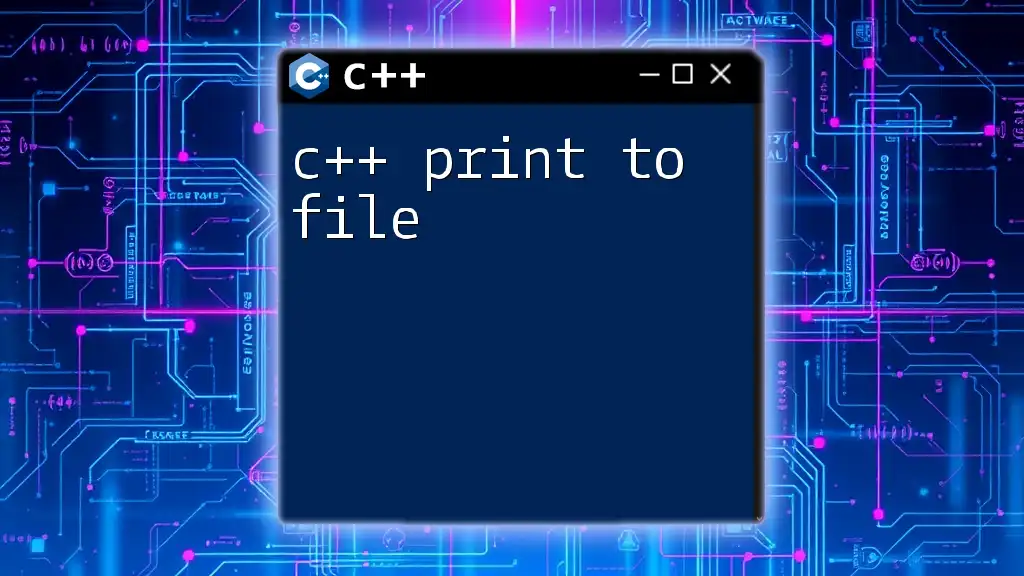
Formatting Output in C++
Using Manipulators for Better Formatting
For cases where cleaner or more structured output is required, C++ provides several manipulators. These are functions that modify the way data is displayed. Common manipulators include `std::setw` for setting the width of the output.
#include <iomanip> // Necessary header for manipulators
std::cout << std::setw(10) << "Age" << std::setw(10) << "Score" << std::endl;
In the example above, the output columns for "Age" and "Score" will be aligned to a width of 10 characters, making the output more readable.
Controlling Precision with `std::fixed` and `std::setprecision`
When dealing with floating-point numbers, precision is often important. By using `std::fixed` and `std::setprecision`, programmers can control how many decimal places are shown. For instance:
double pi = 3.14159265358979;
std::cout << std::fixed << std::setprecision(2) << pi << std::endl;
In this snippet, the value of `pi` will be shown as `3.14`, limiting the output to two decimal places for easier readability.
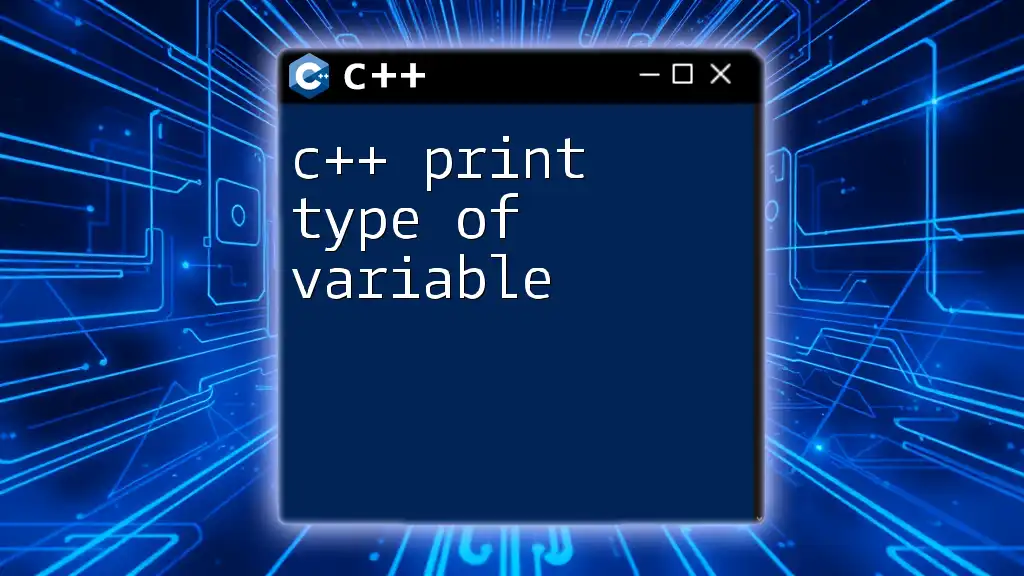
Advanced Printout Techniques
Printing Objects and User-Defined Types
Printing objects of user-defined types requires a different approach. C++ allows developers to overload the insertion operator (`<<`) to define how instances of a class should be printed. Here’s a brief example:
class Point {
public:
int x, y;
friend std::ostream& operator<<(std::ostream& os, const Point& p);
};
std::ostream& operator<<(std::ostream& os, const Point& p) {
return os << "(" << p.x << ", " << p.y << ")";
}
In this code, we've crafted a `Point` class and overloaded the `<<` operator. This allows any `Point` object to be printed in a readable format (i.e., `(x, y)`).
Using `std::cerr` and `std::clog` for Error Reporting
C++ offers alternative output streams such as `std::cerr` and `std::clog`, which are particularly useful for error messages. The key difference is that `std::cerr` is unbuffered, meaning error messages appear immediately, making it ideal for critical alerts.
std::cerr << "Error: Unable to open file." << std::endl;
In contrast, `std::clog` provides buffered output, which can be advantageous for logging diagnostic messages over time without immediate urgency.
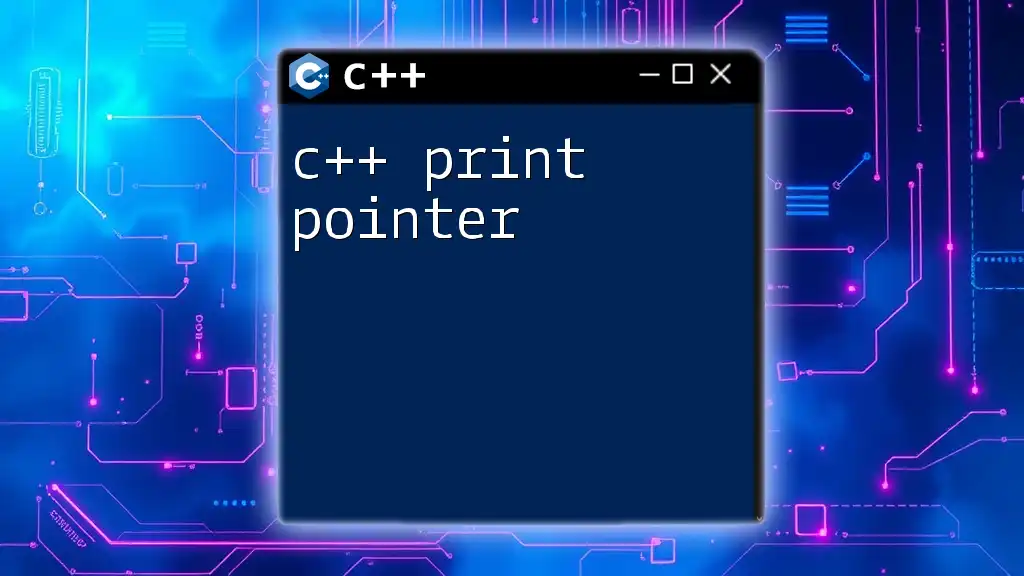
Practical Applications of Printout in C++
Debugging: Using Printout for Tracing Errors
During the development process, debugging is essential, and printout can serve as a straightforward means of tracking errors. By inserting print statements throughout the code, developers can monitor variable values and control flows, which can illuminate the path leading to a bug.
int total = 0;
std::cout << "Starting calculation..." << std::endl;
// intermediary calculations
std::cout << "Total now: " << total << std::endl;
In this example, tracking the value of `total` provides insight into the calculation process, which can be invaluable for identifying where things may be going wrong.
Logging Events in Applications
Beyond mere debugging, printout plays a vital role in logging activities in applications. Log messages can help track application states or important events without disrupting the user’s experience.
std::clog << "Log: Application started." << std::endl;
Developers often categorize logs by severity levels (info, warning, error), enabling effective monitoring of application behavior over time.
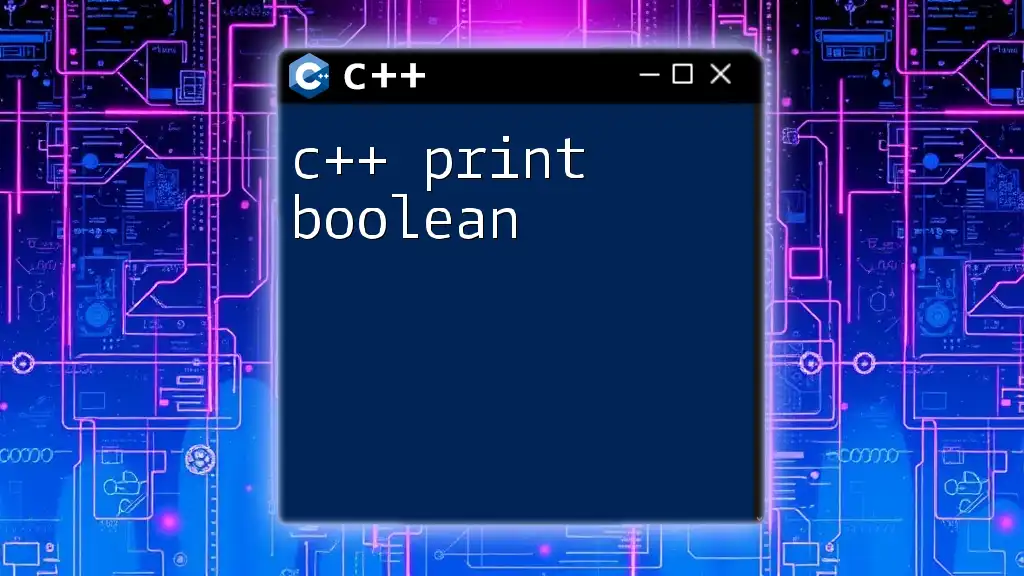
Conclusion
In summary, understanding how to utilize C++ printout effectively is fundamental for any programmer working with C++. The ability to output text, manipulate formatting, handle objects, and log events allows developers to create responsive and debug-friendly applications.
As you explore C++, don’t hesitate to experiment with varying print techniques. Each effort will sharpen your skills and enhance your understanding of this powerful programming language.

